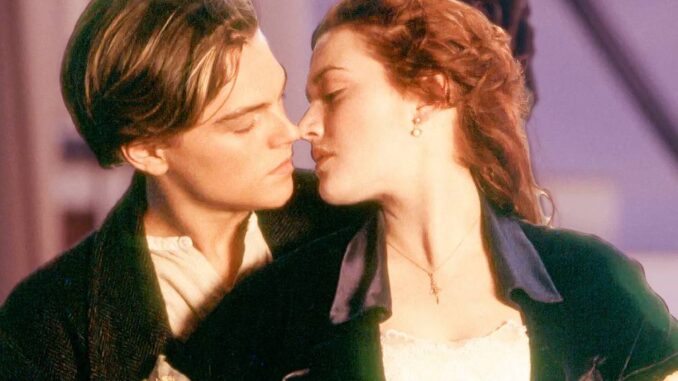
The enduring image of Jack Dawson, eyes frozen shut, sinking into the frigid abyss, has haunted cinema-goers for over a quarter of a century. It is a death enshrined in popular culture, the ultimate romantic sacrifice, an indelible part of James Cameron’s epic "Titanic." So when the intrepid hosts of "MythBusters" dared to challenge this cinematic dogma, claiming that Jack could, in fact, have shared that infamous door with Rose, they unwittingly plunged into a conflict that perfectly illustrates the fascinating, often contentious, interplay between artistic vision and scientific inquiry.
The "MythBusters," Jamie Hyneman and Adam Savage, approached the "Titanic door" problem with their characteristic blend of empirical curiosity and elaborate experimentation. Their mission: to determine if the floating debris, identified as a piece of an ornate wall panel, was indeed too small or unstable to support both protagonists. Rigging up a replica door, factoring in buoyancy, displacement, and the combined weight of two average-sized adults, they conducted their aquatic ballet of physics. Their conclusion, broadcast with a triumphant grin, was definitive: with some clever re-weighting and judicious use of Rose's life vest beneath the panel, both could have survived, at least from a purely buoyancy-based perspective. It was a victory for logic, a debunking of a widely lamented cinematic "plot hole," and a moment of vindication for countless fans who had long argued the point.
Enter James Cameron, the architect of this romantic tragedy, a man whose creative vision is as expansive as the ocean itself. For him, the "MythBusters'" findings were not a scientific revelation but an affront to his creative vision, a desecration of the narrative’s sacred text. His reaction was swift, blunt, and unapologetically dismissive. "I think you guys are missing the point," he essentially declared, implying that the scientific exactitude of buoyancy had little bearing on the emotional and narrative truth he was crafting. Jack’s death, Cameron insisted, was not a matter of physics but of poetry, a necessary narrative beat, an axiomatic truth of the story.
Cameron's criticism was not merely a director’s ego bruised by armchair scientists. It illuminated a profound philosophical divide. For "MythBusters," the world is a series of testable hypotheses. Could a car fly? Could a bullet stop a person? Could two people fit on a door? Their domain is the tangible, the measurable, the verifiable. They seek the truth of how things work. Cameron, conversely, operates in the realm of why things happen within the constructed reality of his art. Jack had to die not because the door was demonstrably too small (though Cameron would later attempt to further defend that point by referencing hypothermia and the overall impossibility of the situation), but because his sacrifice cemented Rose’s new life, forged her independence, and amplified the tragic beauty of their fleeting love. His demise was the crucibile in which Rose's transformation was forged. To suggest he could have lived was to undermine the very foundation of the story’s emotional resonance.
The illustrative power of this particular collision lies in its ability to expose the different kinds of "truth" we seek. "MythBusters" pursued empirical truth, the unvarnished facts of the physical world. Cameron championed narrative truth, the emotional and thematic imperatives that make a story compelling and meaningful. When a piece of art is created, its internal logic, its emotional weight, and its symbolic meanings often take precedence over strict scientific accuracy. We accept that superheroes defy gravity, that time travel is possible, and that certain deaths are necessary for dramatic effect, even if, upon closer inspection, they might seem "unrealistic."
Cameron’s ire, therefore, wasn't just about a door; it was about the integrity of his artistic choices, the sanctity of his narrative, and the audience’s willingness to surrender to the story’s spell. The "MythBusters," while arguably correct on the strict physics of buoyancy, inadvertently highlighted how reductive a purely scientific lens can be when applied to the complexities of human emotion and storytelling. Jack’s death, in Cameron's vision, transcended the mere dimensions of a wooden panel; it was the icy embrace of fate, the ultimate act of selflessness, and the price of Rose's survival.
In the end, the debate between James Cameron and "MythBusters" served as a fascinating public discourse on the nature of reality and fiction. It reminded us that while scientific inquiry enriches our understanding of the world, artistic expression enriches our understanding of ourselves, our emotions, and the stories we tell. And sometimes, the truth of a narrative is far more potent than the truth of an experiment, even if it means letting Jack go.
